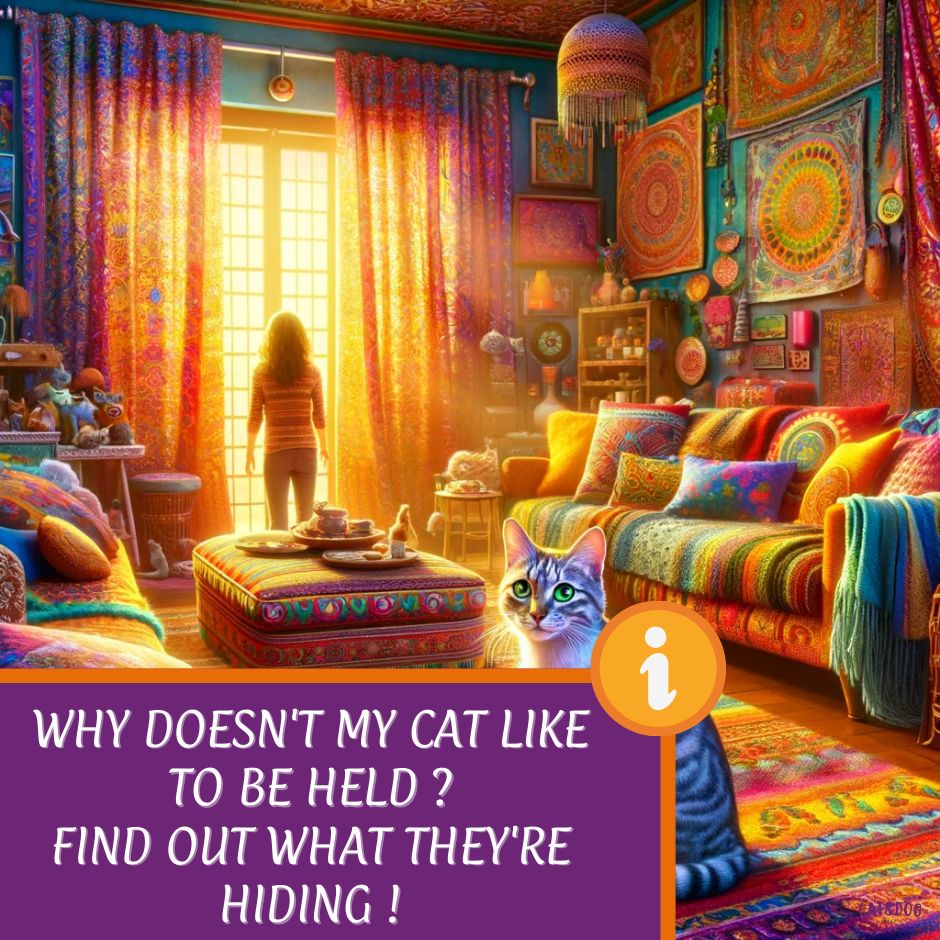Many cat parents wonder, “Why doesn’t my cat like to be held?” assuming that their furry companions should naturally revel in their loving embrace.
However, the reality of holding a cat is a nuanced affair, deeply intertwined with their instinctual behaviors and their comfort levels.
Mastering the art of holding a cat involves not just a gentle touch but understanding their needs, ensuring their front end and hind limbs are securely supported, and drawing them close to your chest for a safe and snug cuddle.
This careful approach can transform a simple hug into a moment of trust and affection, unraveling the mystery behind their initial reluctance..
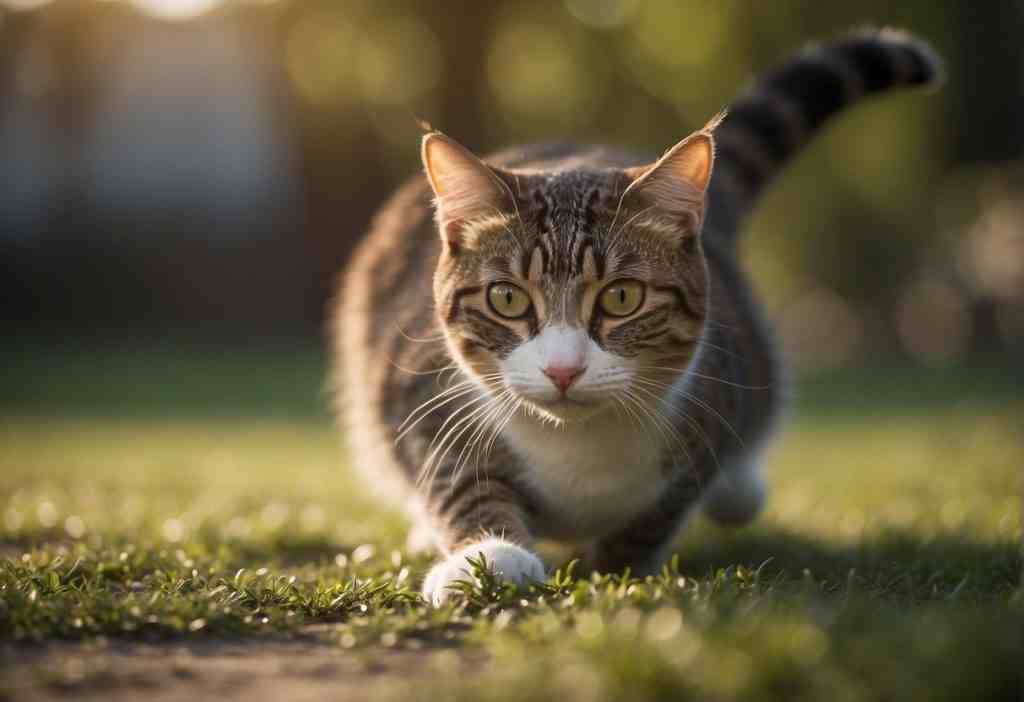
Understanding why your cat may not enjoy being picked up is essential in respecting their boundaries and strengthening your bond.
The reasons can range from past experiences and trust issues to simple personal preferences and behavior.
This article, written by veterinarians for pet owners, dives into the heart of feline behavior to unearth why some cats might shy away from our loving grasp, including certain breeds like Ragdolls and Ragamuffins.
With insights gathered from experts, peppered with practical tips and real-life cases, we aim to shed light on this aspect of cat ownership – all to help you navigate the delicate art of feline affection and increase their tolerance level for being held.
Key Takeaways
- Not all cats enjoy being held; understanding individual preferences is crucial.
- Trust and positive experiences contribute to a cat’s willingness to be handled.
- Expert advice and practical steps can improve your bond with your cat.
Understanding Why Doesn’t My Cat Like to Be Held
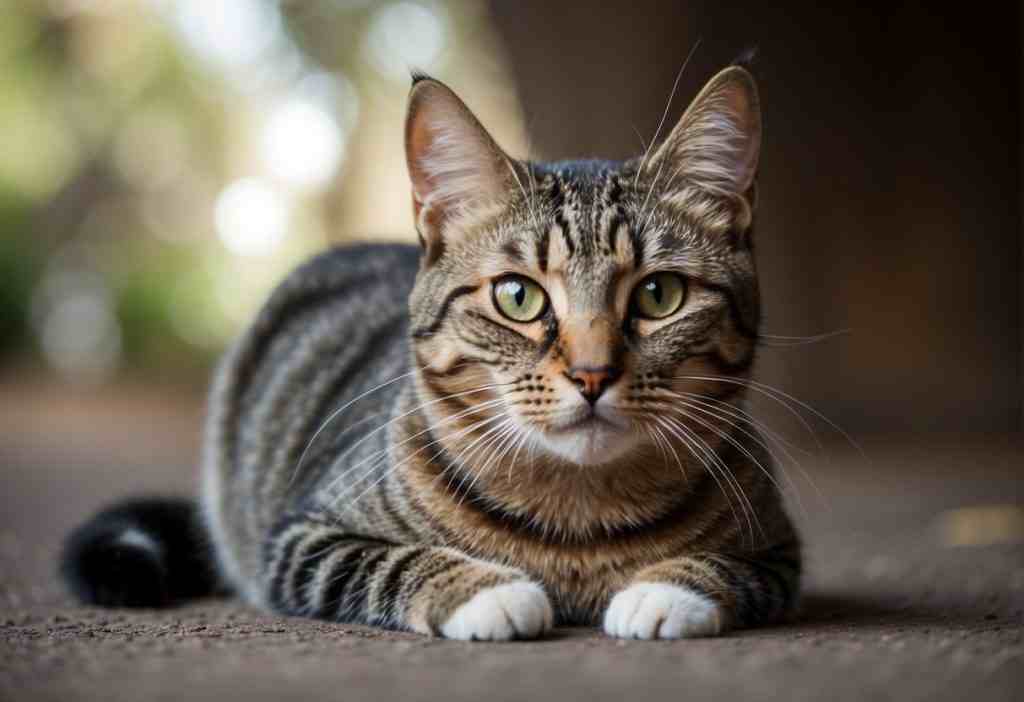
It turns out their reluctance may be rooted in their evolutionary past. Cats are solitary hunters by nature, valuing their independence.
They’re wired to be alert and in control, which helps explain why being held, which restricts movement, can make them uneasy about vaccinations or any other interaction that goes against their terms.
The Nature of Feline Independence
- Solitary hunters:
Cats evolved to hunt and navigate their environment alone. - Independence stats:
Surveys of cat owners show a broad spectrum of breed-specific independence levels.
Trust and Bonding Issues
Building trust with a cat can be a gradual process. For instance, consider Oliver, a rescue who over months of patient interaction, went from skittish to seeking snuggles.
Cats, like Oliver, need time to learn that being held doesn’t spell danger.
Recognizing Signs of Discomfort
Your cat speaks volumes through body language, and it’s important to recognize the signals:
- Physical: Stiff body, attempts to escape
- Behavioral: Hissing, swatting when picked up (1)
Here’s a quick tutorial on reading your cat’s cues:
- Tail Position: 🐈⬛ A raised tail often means a happy cat.
- Ear Orientation: 🐈 Ears pinned back could indicate irritation. (2)
Remember, cats, are individuals, and understanding their needs is key to respecting their space. Use these insights to foster a loving relationship that respects both cuddles and personal cat space!
Common Reasons Cats Dislike Being Held
Let’s unpack the mystery behind this feline quirk.
Lack of Socialization
Think back to when your cat was a just tiny furball. Those early weeks are critical for shaping a kitten’s future behavior. (3)
Experts agree that kittens have a prime socialization period—usually between two to seven weeks old. If during this golden window, they’re not exposed to gentle handling by humans, they might grow wary of contact, including being held.
Cats are creatures of habit; missed opportunities for human contact can lead to missed cuddles.
Feeling Threatened or Restrained
Cats love control—be it over their territory or their own body. Feeling trapped or restrained, such as being held, goes against a cat’s instinct for escape, should danger arise.
Understandably, being held can trigger a feeling of vulnerability and can be seen as a form of restraint, including physical contact, which may be one of the reasons why your cat hates being held.
However, with patience and understanding, you can gradually introduce your cat to the joy of being held. Begin with short sessions of gentle cradling, ensuring your cat feels safe to leave whenever they choose. (4)
Past Negative Experiences
Previous traumas, such as a fall while being carried or someone’s overly tight embrace, can leave a lasting impression. Patience and positive associations are your allies here.
With time and trust, your cat may let go of those fears and learn to enjoy being held for a long time.
Animal behaviorists often suggest therapeutic techniques, like offering treats and affection during brief pick-up sessions, to rewrite those scary narratives and help your cat feel more comfortable with being held, even after stressful trips to the vet or being yelled at when picked up.
However, it is important to note that this process may take a long time and may not be successful for every cat.
Physical Discomfort or Pain
Could it be that your kitty associates your grasp with a ‘paws-itively’ painful experience? Health issues like arthritis or injuries can turn a loving lift into a loathsome ordeal.
for signs, like hissing or avoidance, and if you suspect discomfort, it’s important to consult with a veterinarian to check for injuries or medical conditions that could be causing pain.
They can pinpoint the issue and help your feline friend feel more at ease in your arms.
So, you see, arm yourself with understanding, patience, and maybe some treats, and you’ll stand a better chance of enjoying a purr-fect snuggle with your whiskered pal! (5)
How to Respect Your Cat’s Personal Space
Cats, much like us, cherish their personal space. Here’s how you can acknowledge and respect those invisible boundaries:
Identify Their Comfort Zone:
- Watch for body language signals:
A relaxed cat will have soft eyes and a gentle tail sway. On the flip side, a tucked tail or flattened ears mean “back off”. - Respect their ‘no-go’ zones:
If your cat retreats to a certain spot, let them be. It’s their haven.
Encouraging Your Cat’s Approach: A Step-by-Step Guide
- Stay Low: Sit or lie down to seem less intimidating.
- Offer a Treat: Extend a favorite snack to entice them toward you.
- Let Them Initiate: Wait for your cat to make the first move.
- Avoid Staring: Direct eye contact can be threatening, so avert your gaze.
- Soft Talk: Use gentle tones to convey friendliness.
Alternative Ways to Show Affection:
Let’s look at hands-off love:
- Interactive Play: Engage with toys like laser pointers or feathers that mimic prey movements.
- Grooming: Offer a brush session, which many cats find pleasurable.
- Treat Dispensing Toys: These can stimulate their mind and body, fostering trust.
Remember, your fluffy companion might not be into hugs, but they still adore you in their unique, whiskered ways!
Building a Stronger Bond With Your Cat
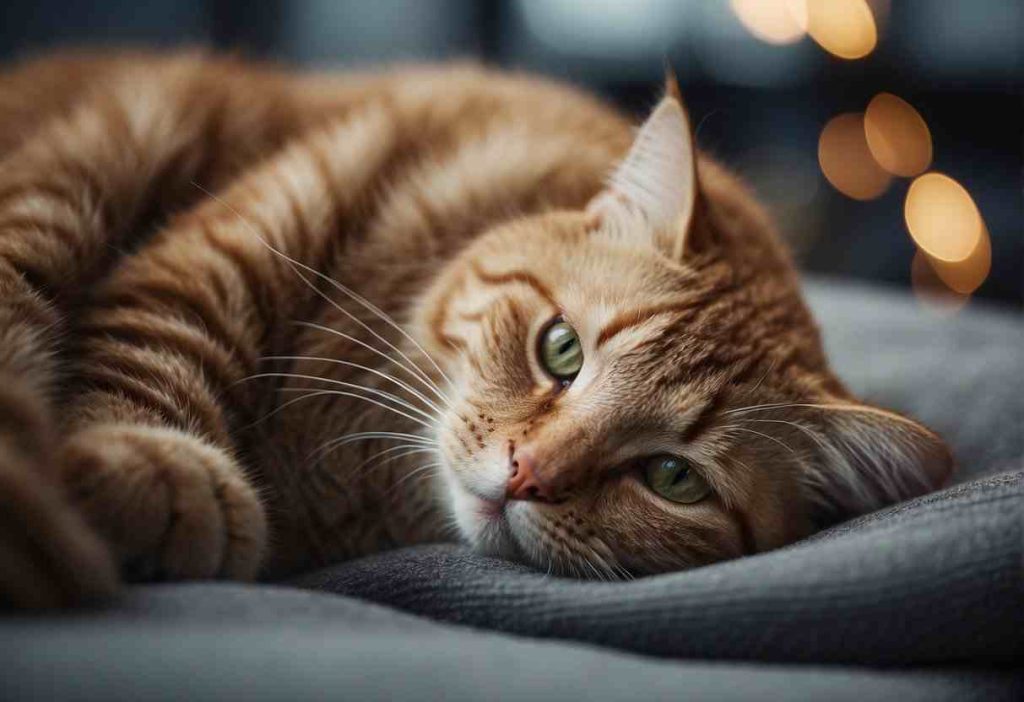
Cats are known for their independence, but with a little patience, you can forge a stronger bond, one that might just involve more holding sessions and cuddling.
Here’s a simple guide to get you both on the cuddle train, but if your cat is not a cuddler, there are plenty of other ways to bond with them, such as playing with cat toys together, grooming them, or simply spending quality time in the same room.
Gradual Desensitization to Being Held
- Step 1: Start with short, sweet petting sessions. Let your cat come to you.
- Step 2: Once they’re comfortable, lift them for just a second or two, then gently put them down and reward them with treats.
- Step 3: Gradually increase the holding time, always following with treats and praise.
Have you heard of Oscar? He was a skittish kitty who turned into a hugger through this process!
Positive Reinforcement Techniques
Consider treats as gold stars for your cat. When they tolerate a brief hug, a tasty morsel or an affectionate phrase can work wonders.
- Tutorial: Associate a word with a treat. Say “cuddle” before and after you give a treat. This becomes a clear, positive connection.
Creating a Safe and Comfortable Environment
- Ensure your home is a cat haven, where safety isn’t just felt but lived. It includes:
- A cozy bed
- An array of toys
- Quiet spaces for retreat
- A cozy bed
For example, pheromone diffusers or calming music can help set a tranquil mood.
Remember, it’s about baby steps and lots of love. Before you know it, your once-distant feline will be vying for your lap!
Expert Advice on Handling Cats
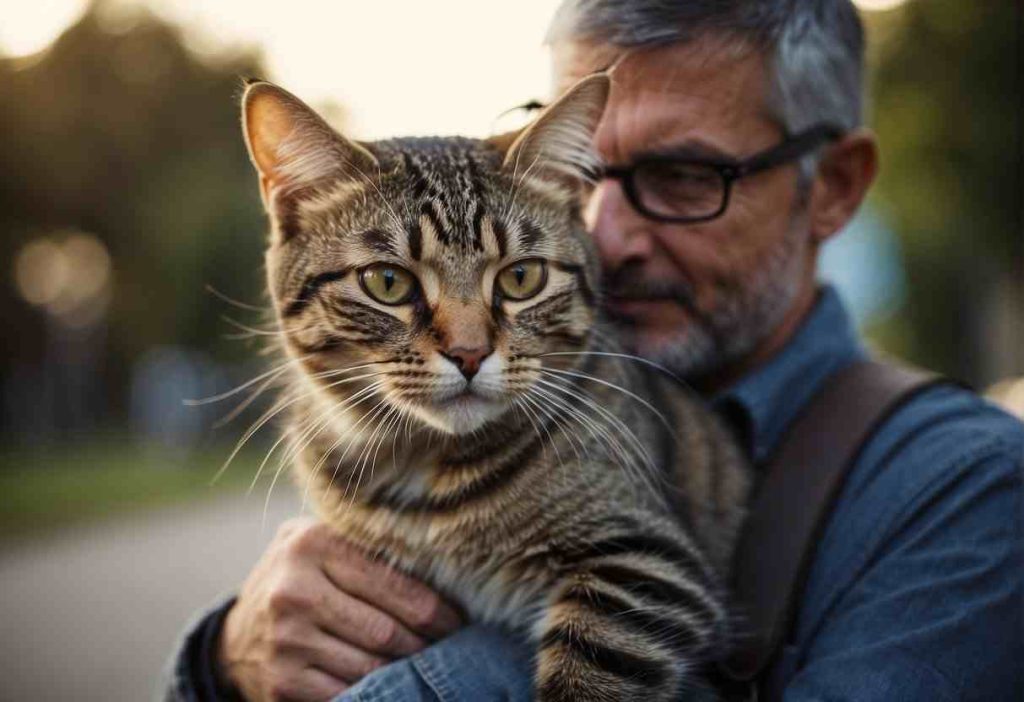
You’re not alone! Cats often have their own opinions about being held, but don’t worry, there’s expert advice to help you understand and improve your cuddle sessions.
Understanding Your Cat’s Preferences Felines are individuals with their comfort zones. Some might love a good snuggle, while others prefer to keep all four paws on the ground.
Animal behaviorists note that early socialization plays a crucial role in cat behavior. Cats who’ve had positive experiences with being held as kittens are more likely to tolerate it as adults.
However, it’s important to remember that not all cats enjoy being held, and it’s important to respect their boundaries.
Providing plenty of cat-accessible perches at eye level can give your cat a sense of control and comfort, as they can choose their spot themselves.
This can also help prevent any potential feelings of disrespect or discomfort when being picked up.
Additionally, having perches at eye level allows your cat to observe their surroundings from a safe and comfortable vantage point, which can also help reduce any potential stress or anxiety. (4)
Cats may also show their affection through licking, which is another way of taking care of their loved ones.
The Approach Matters
- Watch for signals:
Is your cat calm, possibly even leaning in for a pet? That’s a green light for a trial cuddle. - Proper lifting:
Always support their feet, and avoid restricting movement too much. - Short sessions:
Start with brief holds to build trust.
When to Seek Professional Help Sometimes a cat’s aversion to being held can stem from pain or discomfort.
If your cat shows signs of distress or aggression when touched, it’s time to consult a vet. For less clear-cut cases, an animal behaviorist can offer tailored advice.
Finding Help:
- Check the American Veterinary Society of Animal Behavior (avsab.org) for certified professionals.
- Ask your vet for behaviorist recommendations.
Remember, each cat is a universe of fluff with their own rules and boundaries.
Respect their space, and with patience and the right technique, you might just turn your independent kitty into a lap cat!
Quick Recap
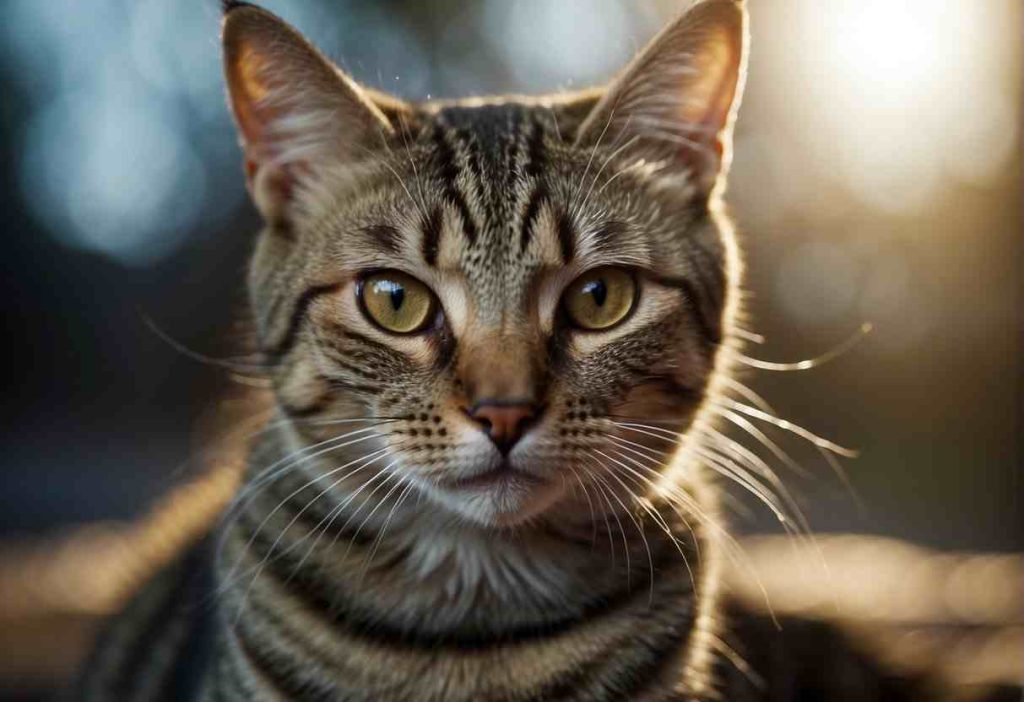
Remember, your feline friend’s comfort is key. Cats are known for their independence and need for control over their environment.
Here’s a brief rundown on understanding and respecting your cat’s space:
- Imprinting:
If your cat wasn’t accustomed to being held from a young age, they might find the act unfamiliar and stressful. - Natural Instincts:
Being picked up can make a cat feel trapped, tapping into their instinctual need to always be vigilant and ready to react to threats.
Alright, let’s see what you can do! Firstly, patience is a virtue. Ease into holding sessions with gentle approaches and recognize your furry friend’s limits. If they squirm, it might be time for a break.
Using positive reinforcement can make all the difference. Try pairing holding sessions with their favorite treats or soothing pets.
Notice the small wins, like a relaxed tail or purring, and know you’re on the right track.
If your cuddle quests hit a snag, seeking professional advice from a vet or a behaviorist can provide tailored strategies. They’ve seen it all, so don’t shy away from asking for help!
Building that purr-fect relationship takes time. Enjoy each step towards a stronger bond with your kitty. Each cat is unique, just as every human is, making the journey of companionship special.
In the dance of bonding, mutual respect and understanding lead the way. Here’s to the cozy snuggles ahead and the joy they bring to both of you!
Frequently Asked Questions
Navigating the world of feline preferences can be puzzling, especially when it comes to understanding why your furry friend may or may not enjoy being held.
Let’s unravel some of these mysteries with common questions cat owners ask.
Why do some cats love being held while others don’t?
Your cat’s preference for being held can hinge on their personality and past experiences. Just like us, cats have their likes and dislikes.
Some enjoy close contact and the warmth of cuddles, while others value their independence and may feel confined when held.
Can all cats learn to enjoy being held?
It’s a mixed bag; some cats may gradually learn to like being held with positive associations and gentle handling, but for others, it might always be a no-go area.
Cats, much like people, have boundaries, and it’s crucial to respect these.
How can I tell if my cat is in pain when being held?
If your cat becomes stiff, tries to flee, or vocalizes more than usual when picked up, these could be signs of discomfort or pain.
Always observe your cat’s reaction closely, and if in doubt, consult your vet.
What are the best practices for picking up a cat?
To make the experience comfortable, support your cat’s bottom with one hand and place the other gently around their front legs.
Hold them against your chest so they feel secure. It’s about finding that purr-fect balance between a snug and safe hold.
How can I help my cat become more comfortable with being held?
Start by associating your touch with positive experiences. Offer treats, speak in a soothing voice, and gradually increase the amount of time you hold them.
Be patient; trust takes time to build.
Is it okay to never hold my cat if they don’t like it?
Absolutely! Your cat’s comfort is paramount.
If they prefer not to be held, showing love through playtime, treats, or a good old chin scratch can be just as meaningful.
What should I do if my cat used to like being held but now doesn’t?
Consider any recent changes in your cat’s life or environment that might have impacted their behavior.
It could also be a sign of a health issue, so a vet checkup might be a good idea to rule out pain or illness as the cause.

